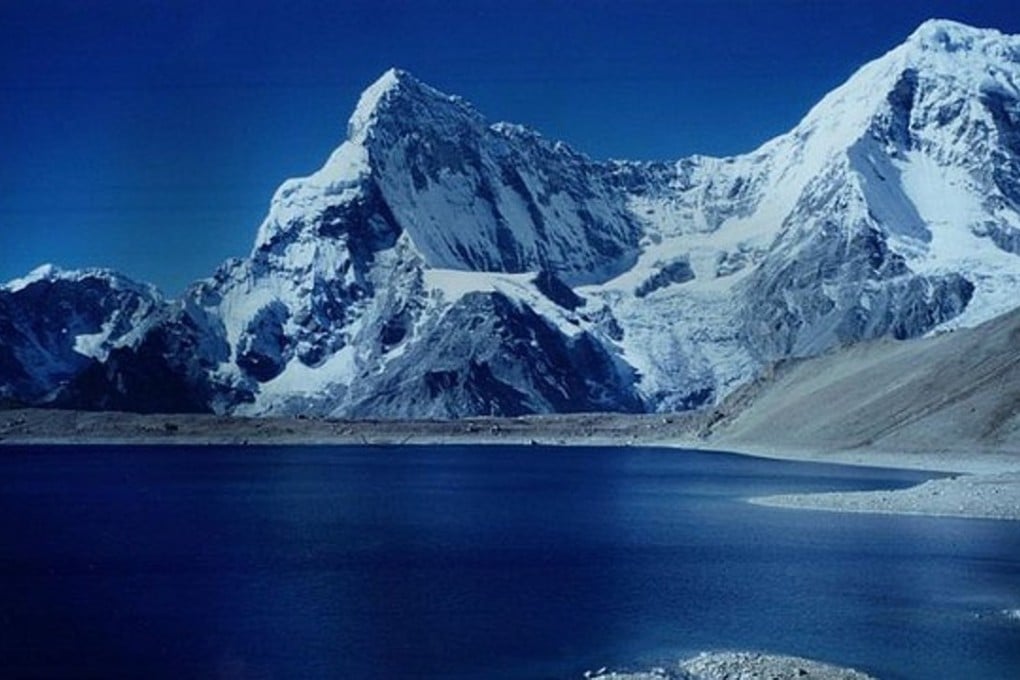Global warming serving up drinks without ice for rapidly expanding ‘Monster Lake’ in Tibet, new study suggests
Latest research by Chinese scientists seeks to demystify impact of global warming on largest and fastest-expanding lake in ‘Asia’s water tower’, claims glacial melt played minor role compared to rain and snow

The rapid expansion of Selin Co (“lake”) in Tibet has mainly been caused by rising levels of rain, snow and other forms of precipitation not glacial melt triggered by global warming as was otherwise presumed, according to a new study by Chinese scientists.
Selin Co in the northern Lhasa terrane is the largest body of water on the Tibetan Plateau. It ranked as the second-largest before the turn of the century, but a continued growth spurt has changed that while also spurring concerns about the earth’s rising temperature.
“Retreating glaciers are a problem in Tibet, but they are not to blame for everything,” said Professor Wang Lei, lead scientist of the study with the Chinese Academy of Sciences’ Institute of Tibetan Plateau Research in Beijing.
Selin means “monster” in Tibetan. According to local folklore, an evil spirit dwells at the bottom of the lake. But such tales are not what concerned Wang and his team.
READ MORE: Winter is not coming: man-made climate change is wiping out seasonal temperature differences
Since the mid-1970s, the lake’s surface area has grown by almost 40 per cent to more than 2,100 square kilometres.